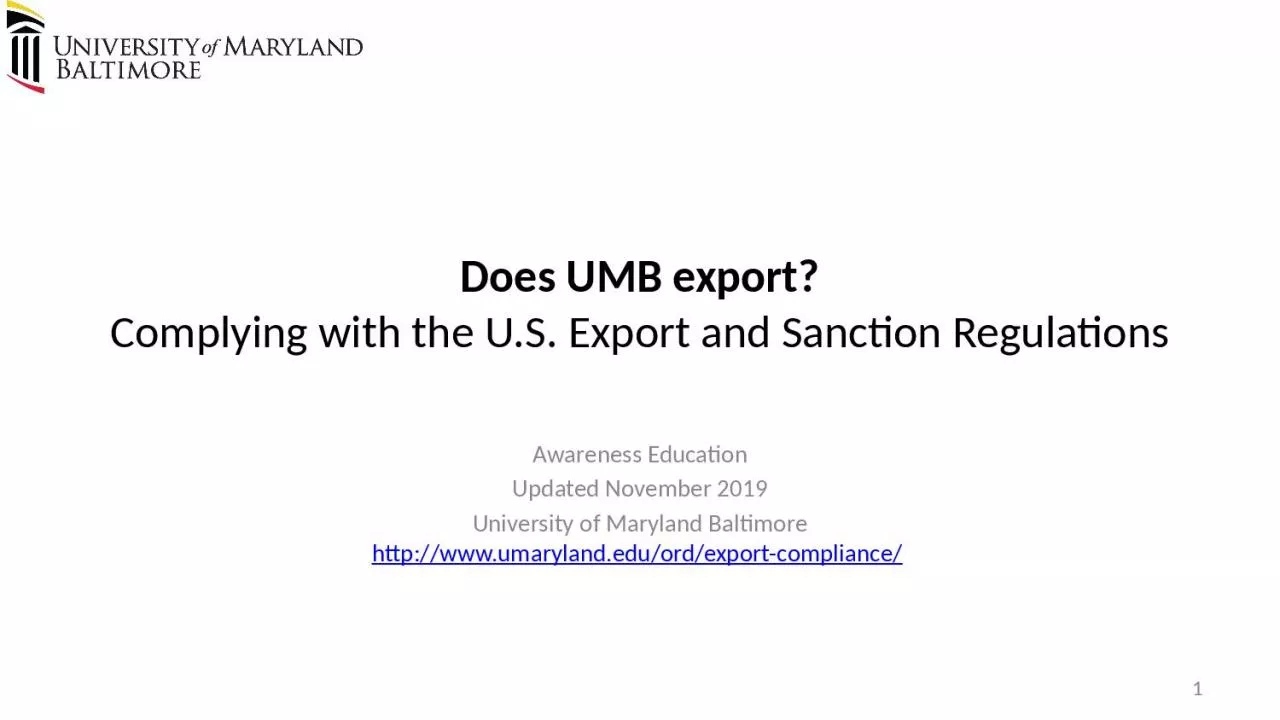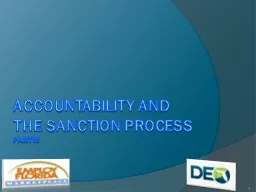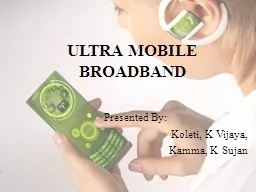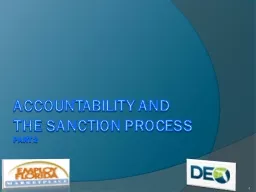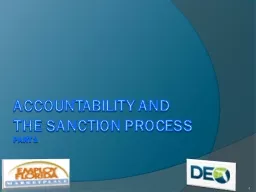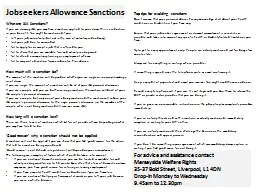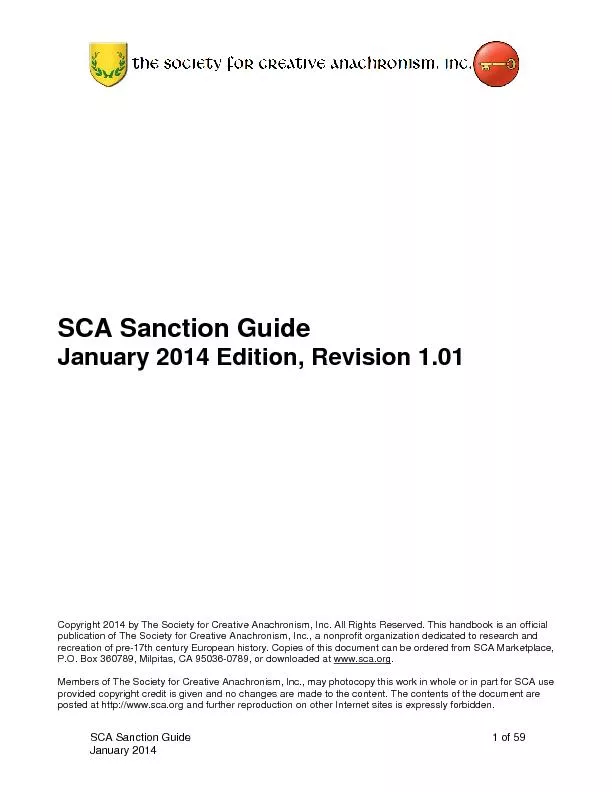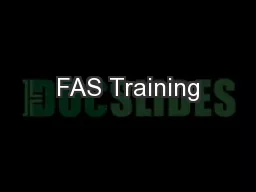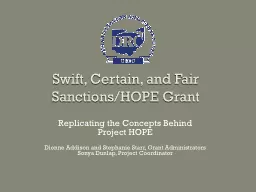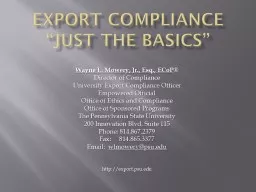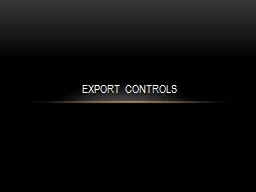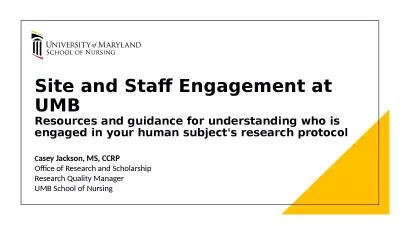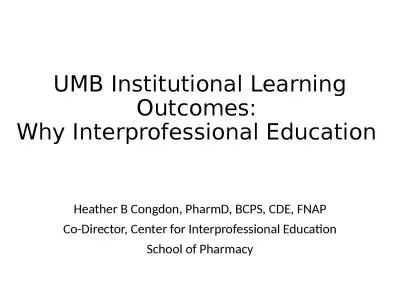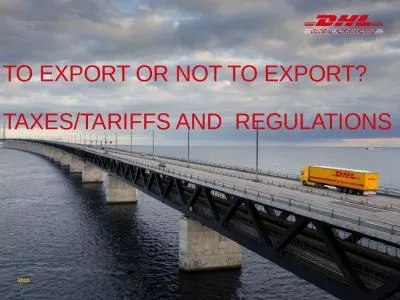PPT-Does UMB export? Complying with the U.S. Export and Sanction Regulations
Author : BookWorm | Published Date : 2022-07-28
Awareness Education Updated November 2019 University of Maryland Baltimore httpwwwumarylandeduordexportcompliance 1 Why does the government control exports The
Presentation Embed Code
Download Presentation
Download Presentation The PPT/PDF document "Does UMB export? Complying with the U.S...." is the property of its rightful owner. Permission is granted to download and print the materials on this website for personal, non-commercial use only, and to display it on your personal computer provided you do not modify the materials and that you retain all copyright notices contained in the materials. By downloading content from our website, you accept the terms of this agreement.
Does UMB export? Complying with the U.S. Export and Sanction Regulations: Transcript
Download Rules Of Document
"Does UMB export? Complying with the U.S. Export and Sanction Regulations"The content belongs to its owner. You may download and print it for personal use, without modification, and keep all copyright notices. By downloading, you agree to these terms.
Related Documents

